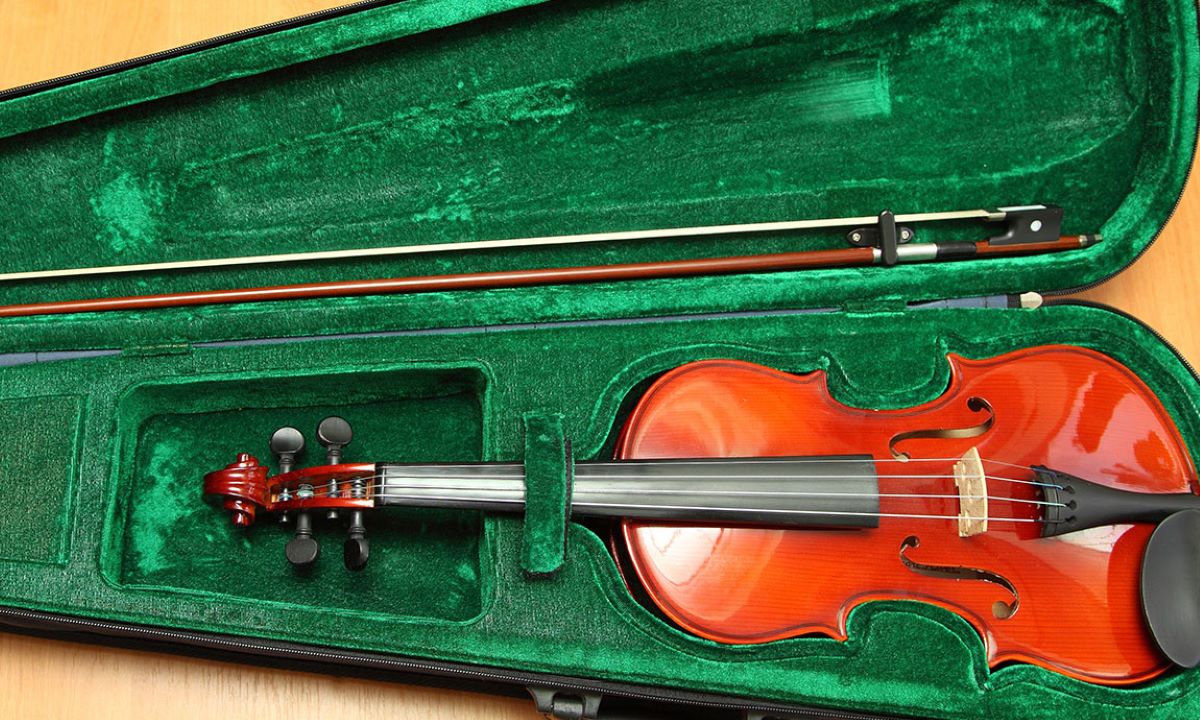

Articles
How To Store A Violin
Modified: December 7, 2023
Learn the best methods for storing and preserving your violin in this comprehensive guide. Discover expert articles on violin storage to keep your instrument in optimal condition.
(Many of the links in this article redirect to a specific reviewed product. Your purchase of these products through affiliate links helps to generate commission for Storables.com, at no extra cost. Learn more)
Introduction
Storing a violin properly is crucial for maintaining its condition and preserving its sound quality. Whether you’re a professional musician or an aspiring student, it’s important to know the necessary steps to store your violin correctly. In this article, we will guide you through the process of storing a violin to ensure its longevity and optimal performance.
When it comes to storing a violin, key factors to consider include the storage location, temperature and humidity control, protective cases, cleaning and maintenance, string loosening, bridge adjustment, and avoiding direct sunlight and extreme conditions. By following these guidelines, you can protect your valuable instrument from damage and ensure that it remains in excellent playing condition.
So, let’s dive into the details of each aspect to help you store your violin properly and ensure that it remains in optimal condition for years to come.
Key Takeaways:
- Proper storage, including controlled temperature and humidity, using a protective case, and regular maintenance, is essential for preserving the condition and sound quality of your violin.
- String loosening, bridge adjustment, and avoiding direct sunlight and extreme conditions are crucial steps to protect your violin from potential damage and ensure its longevity.
Read more: How To Store Violin
Choosing the Right Storage Location
When it comes to storing your violin, selecting the right storage location is crucial. The ideal location should maintain a stable environment with controlled temperature and humidity levels. Here are some factors to consider when choosing the right storage location for your violin:
- Avoid Extreme Temperatures: Extreme temperatures can be detrimental to your violin. Avoid storing it in places that are too hot or too cold, such as attics or basements without insulation. Fluctuations in temperature can cause the wood to expand and contract, leading to cracks and other damages.
- Avoid High Humidity Areas: High humidity can also cause damage to your instrument. Excessive moisture can lead to warping and swelling of the wood, affecting the overall sound quality. Avoid storing your violin in areas like bathrooms, garages, or anywhere prone to high levels of humidity.
- Choose a Stable Environment: Select a storage location that provides a consistent and stable environment. Avoid areas with excessive drafts or direct exposure to HVAC vents, as sudden changes in airflow can affect the wood and tuning stability of the instrument.
- Consider Safety: Ensure that the storage location is safe and secure, protecting your violin from potential accidents or damage. Avoid storing it in areas that are prone to accidental bumps, spills, or where pets or children have easy access.
By carefully considering these factors, you can choose a suitable storage location that will help preserve the condition and sound quality of your violin. Next, we will discuss the importance of temperature and humidity control when storing a violin.
Proper Temperature and Humidity Control
Temperature and humidity control play a vital role in maintaining the stability and longevity of your violin. Fluctuations in temperature and humidity can cause significant damage to the wood, leading to warping, cracks, and changes in sound quality. Here are some guidelines for proper temperature and humidity control:
- Temperature: The ideal temperature for storing a violin is between 60°F to 70°F (15°C to 21°C). Extreme heat or cold can damage the wood, so it’s essential to avoid storing your violin in areas prone to drastic temperature changes.
- Humidity: The relative humidity (RH) should be maintained between 40% to 60% to ensure the stability of the wood. High humidity can cause the wood to expand, while low humidity can result in shrinkage and cracks. Use a hygrometer to monitor the humidity levels and consider using a humidifier or dehumidifier to maintain a suitable environment.
- Humidity Control Systems: In areas with extreme humidity conditions, it might be necessary to invest in a humidity control system such as a dampit or humidifier for dry climates, or a dehumidifier for areas with high humidity. These systems can help regulate the humidity levels within the storage area, providing optimal conditions for your violin.
- Instrument Case Hygrometers: Some violin cases come equipped with built-in hygrometers to monitor the humidity levels inside the case. This can be a useful tool for ensuring that the environment within the case remains suitable for the instrument.
By maintaining a stable temperature and humidity environment, you can prevent damage to your violin and ensure its longevity. In the next section, we will discuss the importance of using a protective case when storing your violin.
Using a Protective Case
When it comes to storing your violin, using a protective case is essential for keeping it safe from potential damage. A quality case provides a barrier against impact, moisture, and dust, ensuring that your instrument remains in optimal condition. Here are some tips for using a protective case:
- Choose a Sturdy Case: Invest in a high-quality case that provides proper protection for your violin. Look for cases made from durable materials with secure latches or locking mechanisms. A well-padded interior will help cushion the instrument and protect it from potential bumps or drops.
- Proper Fit: Ensure that your violin fits snugly inside the case without excessive movement. The neck and scroll should be secure in the neck block, and the interior compartments should provide ample space for storing accessories such as bows and rosin.
- Hygrometer and Humidifier: Some violin cases come equipped with built-in hygrometers and humidifiers to monitor and regulate the humidity levels within the case. This is especially useful in maintaining the optimal moisture content for the wood. Check and refill the humidifier regularly to ensure its effectiveness.
- Handle with Care: When carrying your violin case, make sure to handle it with care and avoid any sudden or excessive movements. Always hold the case by the handle or shoulder strap to prevent accidental drops or bumps that could damage the instrument.
- Store in a Safe Location: When not in use, store your violin case in a safe and secure location. Avoid placing heavy objects on top of it or storing it in a crowded area where it may be at risk of being knocked over or damaged.
Using a protective case is essential for safeguarding your violin from accidental damage during storage and transportation. It provides an additional layer of protection against external factors, ensuring that your instrument remains in excellent playing condition. In the following section, we will discuss the importance of cleaning and maintenance in violin storage.
Cleaning and Maintenance
Proper cleaning and maintenance are essential for preserving the condition and longevity of your violin. Regular cleaning helps remove rosin buildup, dirt, and oils that can accumulate on the instrument’s surface and affect its appearance and sound quality. Here are some tips for cleaning and maintaining your violin:
- Clean the Bow Hair: The bow hair tends to accumulate rosin over time, affecting its ability to produce a clean sound. Use a soft cloth or a specialized bow cleaner to gently wipe away excess rosin from the hair. Avoid using harsh chemicals or excessive force that could damage the bow hair.
- Polish the Wood Surface: Use a clean, dry cloth to gently polish the wood surface of the violin. This helps remove any fingerprints, dust, or smudges that might have accumulated. Avoid using any chemical cleaners or solvents that can harm the varnish or wood.
- Inspect for Damage: Regularly inspect your violin for any signs of damage such as cracks, loose fittings, or warped bridge. If you notice any issues, it’s best to consult a professional luthier for repair. Trying to fix these issues on your own can potentially cause more harm than good.
- Rehair the Bow: Over time, the bow hair might become worn out or damaged. When you notice a decrease in the bow’s performance or if the hair starts to break, it’s time for a rehair. Consult a professional violin technician or luthier to properly rehair the bow for optimal playing performance.
- Keep the Instrument Clean: Avoid eating, drinking, or smoking near your violin to prevent any accidental spills or stains. Additionally, make sure to wash your hands before handling the instrument to remove any oils or residue that could transfer onto the wood.
By regularly cleaning and maintaining your violin, you can ensure that it remains in optimal condition and continues to produce its best sound. In the next section, we will discuss the importance of string loosening and bridge adjustment when storing a violin.
Store your violin in a hard case to protect it from damage and fluctuations in temperature and humidity. Keep the bow and rosin in the case as well to prevent damage and loss.
Read more: How To Store Basil From Store
String Loosening and Bridge Adjustment
Proper string loosening and bridge adjustment are crucial steps to take when storing your violin. These measures help alleviate tension on the instrument, preventing potential damage and preserving its structural integrity. Here’s what you need to know:
- Loosen the Strings: Before storing the violin, it’s important to loosen the tension of the strings. This relieves the pressure on the instrument and reduces the risk of the soundpost falling or the bridge warping. Loosen each string gradually to ensure an even release of tension. However, be cautious not to loosen them too much, as this can cause the soundpost to become dislodged.
- Store with the Bridge Up: Position the bridge upright when storing your violin. This helps maintain the proper curvature and alignment of the bridge. Placing the bridge down or allowing it to lean can lead to warping or misalignment, affecting both the playability and sound quality of the instrument.
- Check Bridge Alignment: Regularly inspect the alignment of the bridge to ensure that it remains straight and centered. If you notice any shifts or leaning, it’s important to have it adjusted by a professional luthier. A properly aligned bridge allows for optimal sound transmission and proper string height for comfortable playing.
- Consult a Professional for Adjustments: While some minor adjustments can be done by players with experience, it’s always best to consult a professional luthier for any major adjustments or repairs. They have the expertise and tools to ensure that your violin is properly set up and adjusted for optimal playability and sound.
By taking the time to loosen the strings and ensure proper bridge alignment, you can avoid unnecessary strain on your violin. These small precautions can make a significant difference in preserving the instrument’s longevity and maintaining its tonal quality. In the next section, we will discuss the importance of avoiding direct sunlight and extreme conditions for violin storage.
Avoiding Direct Sunlight and Extreme Conditions
Direct sunlight and extreme conditions can have a detrimental impact on your violin. Exposure to sunlight can fade the varnish and cause the wood to dry out, while extreme temperatures can cause warping, cracking, or adhesive failure. Here’s how to protect your violin from these factors:
- Avoid Sunlight Exposure: Store your violin in a location where it is shielded from direct sunlight. Sunlight can cause the varnish to fade, affecting the instrument’s appearance. It can also dry out the wood, leading to cracks or other structural damage. Choose a storage location away from windows or use window treatments to block out harmful UV rays.
- Maintain Moderate Temperatures: Extreme temperatures can be detrimental to the wood of your violin. Avoid storing it in environments that are too hot or too cold, such as attics, basements, or vehicles. Fluctuations in temperature can cause the wood to expand and contract, leading to cracks or warping. Find a stable and moderate temperature storage space.
- Avoid Excessive Humidity: High humidity levels can cause swelling, warping, and damage to your violin. Conversely, low humidity can lead to drying out of the wood and potential cracking. Aim for a relative humidity level of 40% to 60% to maintain the stability of the instrument. Use a hygrometer to monitor and consider using a humidifier or dehumidifier to regulate the humidity in the storage area.
- Keep Away from Extreme Conditions: Extreme conditions, such as extreme cold or heat, can cause irreversible damage to your violin. Avoid leaving it in a car trunk on a hot day or in an unheated storage area during winter. Protect your instrument from these extreme conditions to maintain its structural integrity and tonal quality.
- Consider a Climate-Controlled Environment: If you live in an area with extreme weather conditions, it may be worth considering a climate-controlled storage option, such as a music room with temperature and humidity control. This will provide your violin with the optimal conditions for preservation.
By taking steps to avoid direct sunlight and extreme conditions, you can protect your violin from potential damage and ensure its longevity. In the next section, we will provide some additional storage tips for when you need to store your violin for a longer period.
Storage Tips for Long Periods
There may be times when you need to store your violin for an extended period, such as during a vacation, a break from playing, or when your instrument is not in use. Follow these storage tips to ensure that your violin remains in optimal condition:
- Choose a Suitable Storage Space: Find a dedicated storage space that is clean, dry, and free from drastic temperature fluctuations and humidity levels. A closet or a dedicated music room can be excellent options for long-term storage.
- Keep the Violin Protected: Place your violin inside its protective case before storing it. Ensure that the case is securely closed and that the violin fits snugly to avoid unnecessary movement or potential damage during storage.
- Consider Additional Protection: For added protection, you can wrap your violin in a soft cloth or use a violin pouch inside the case. This offers an extra layer of cushioning and protection against dust and humidity.
- Check and Loosen the Strings: Before storing your violin, check the strings for any signs of wear or damage. Loosen the tension of the strings to alleviate pressure on the instrument, but be cautious not to loosen them excessively, as it can cause the soundpost to fall or the bridge to become misaligned.
- Regularly Inspect and Maintain: Even during long-term storage, it is important to periodically inspect your violin for any issues or changes. Check for any signs of damage or changes in the instrument’s condition. If you notice any concerns, consult a professional luthier for evaluation and necessary repairs.
- Monitor Environmental Conditions: If possible, periodically check the temperature and humidity levels in the storage area. Consider using a hygrometer or investing in a climate control system to ensure a stable environment for your violin.
- Play the Violin Occasionally: While in storage, it’s beneficial to take out your violin and play it occasionally. This helps to keep the wood and the instrument’s components in good functioning condition. However, be mindful of the conditions in which you play, avoiding areas with extreme temperatures or humidity.
- Update Your Insurance Policy: If you have insurance for your violin, make sure to update your policy to reflect the extended storage period. This ensures that you are adequately covered in case of any unforeseen incidents or damages.
By following these storage tips for long periods, you can maintain the condition and protect the value of your violin. When you are ready to play again, remember to check the condition of the strings and consult a luthier if required. Now, let’s conclude this article.
Conclusion
Properly storing your violin is crucial for preserving its condition, sound quality, and longevity. By following the guidelines discussed in this article, you can ensure that your instrument remains well-protected and ready to play whenever you need it. Let’s recap the key points:
First, choose the right storage location that maintains a stable environment with controlled temperature and humidity levels. Avoid extreme temperatures and high humidity areas, and ensure the safety of the storage location.
Using a protective case is essential for safeguarding your violin from potential damage. Choose a sturdy case that fits your instrument properly and consider ones with built-in hygrometers and humidifiers for optimal humidity control.
Regular cleaning and maintenance are vital for preserving your violin. Clean the bow hair, polish the wood surface, and inspect for any damage or issues. Consult a professional for major adjustments, rehairing the bow, or repairs.
String loosening and bridge adjustment help relieve tension on the instrument during storage, protecting it from potential damage. Store the violin with the bridge up and ensure proper alignment of the bridge.
Avoid direct sunlight and extreme conditions that can cause harm to your violin. Shield it from direct sunlight, maintain moderate temperatures, and regulate humidity levels to ensure the stability of the wood.
For long periods of storage, choose a suitable storage space, keep the violin protected in its case, periodically inspect and maintain the instrument, and monitor the environmental conditions.
By implementing these storage tips and maintaining the proper care of your violin, you can ensure that it remains in excellent condition, allowing you to enjoy its beautiful sound for years to come.
Remember, if you have any concerns about storing your violin or require professional assistance, it’s always best to consult a qualified luthier or violin technician. They can provide expert guidance and ensure that your instrument is properly cared for. Happy playing and happy storing!
Frequently Asked Questions about How To Store A Violin
Was this page helpful?
At Storables.com, we guarantee accurate and reliable information. Our content, validated by Expert Board Contributors, is crafted following stringent Editorial Policies. We're committed to providing you with well-researched, expert-backed insights for all your informational needs.


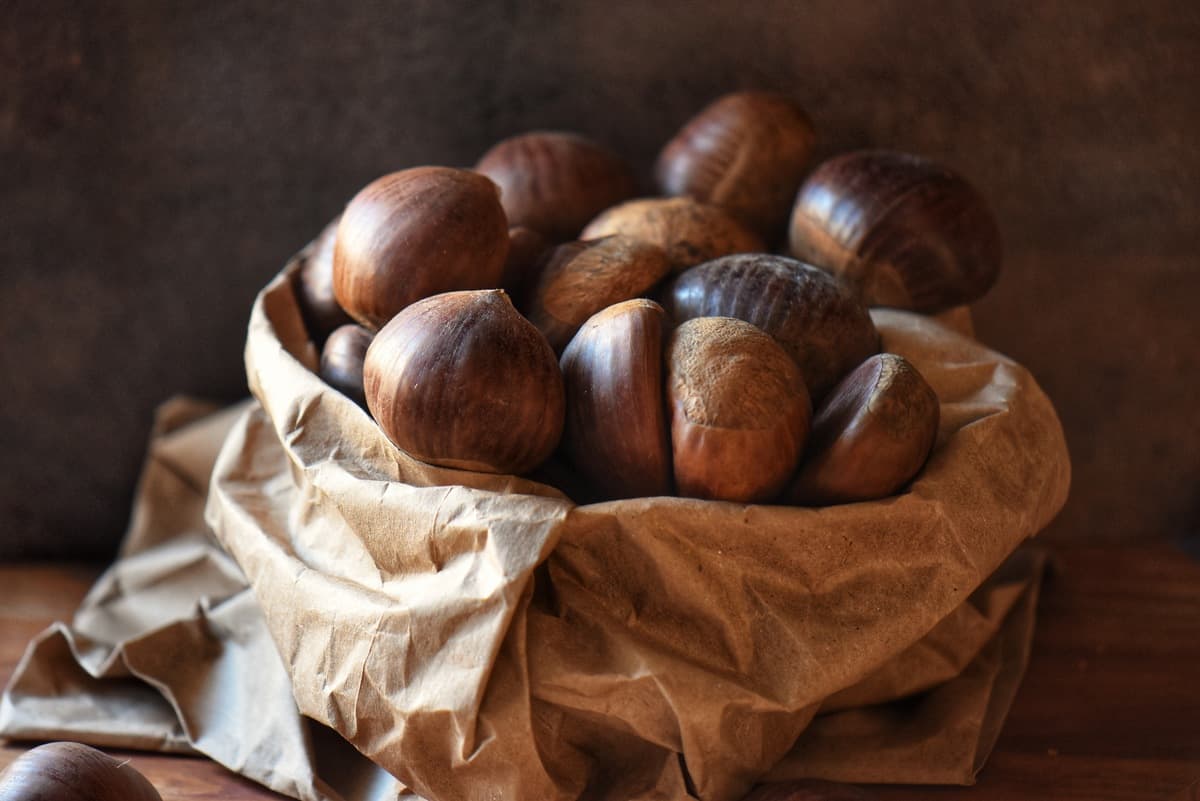
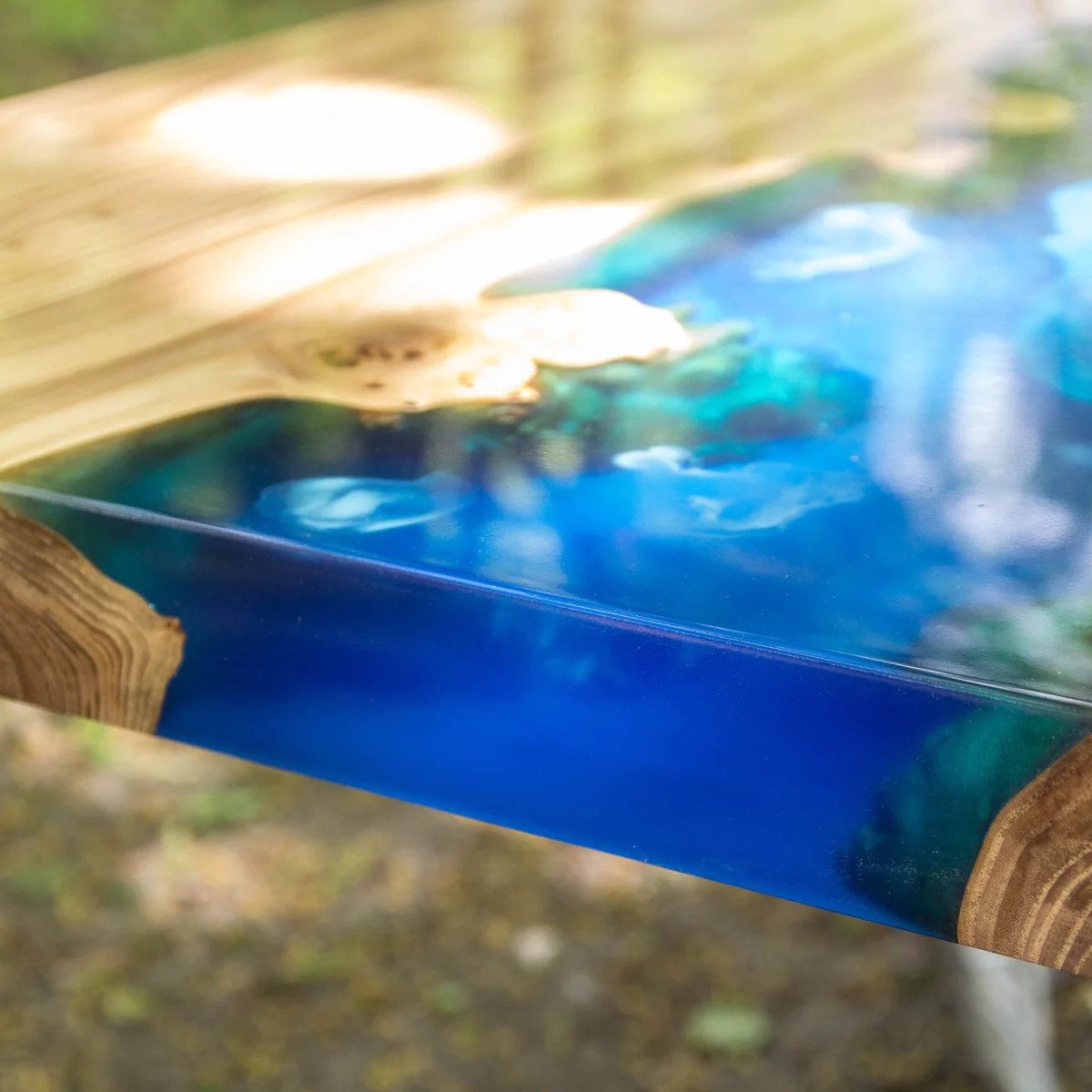
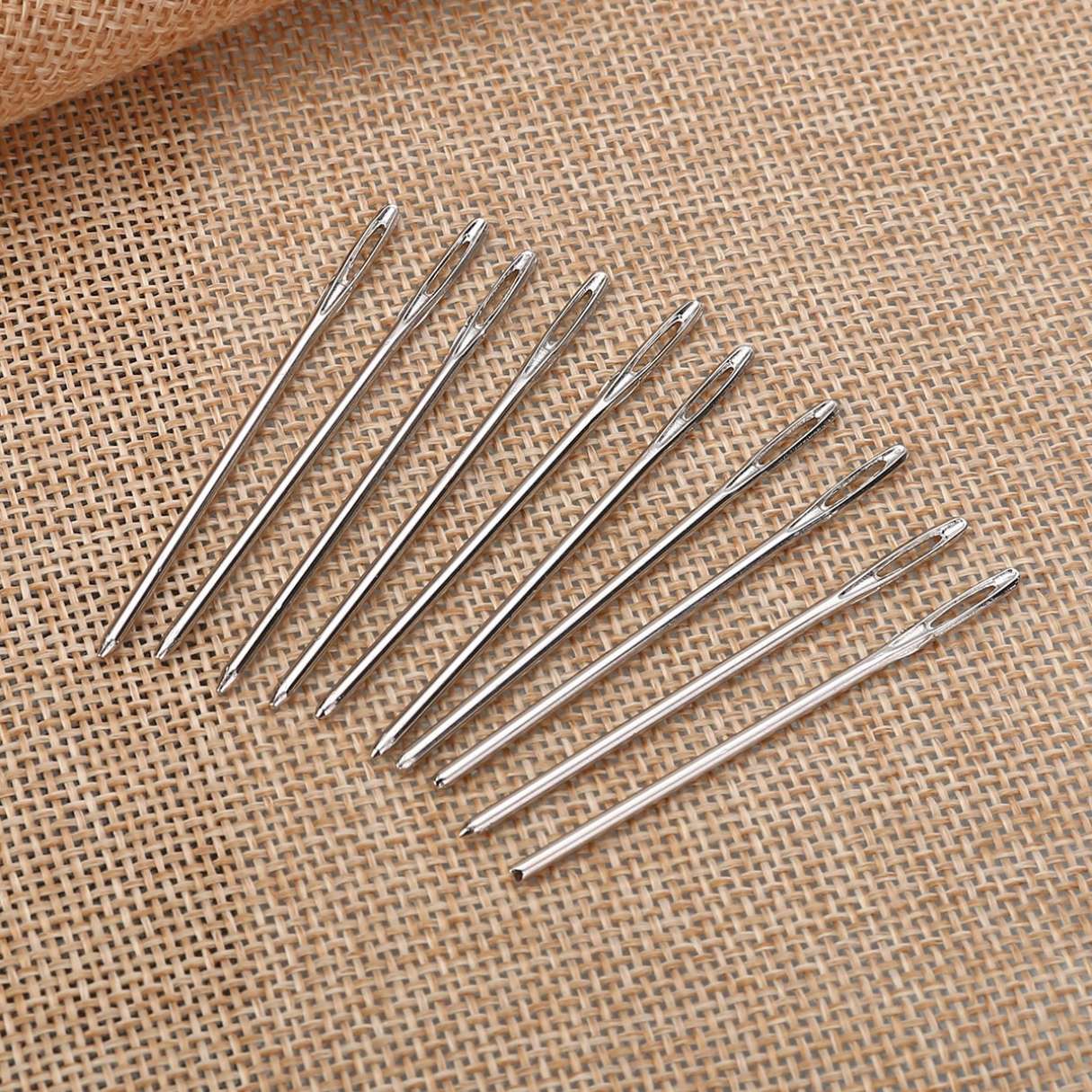

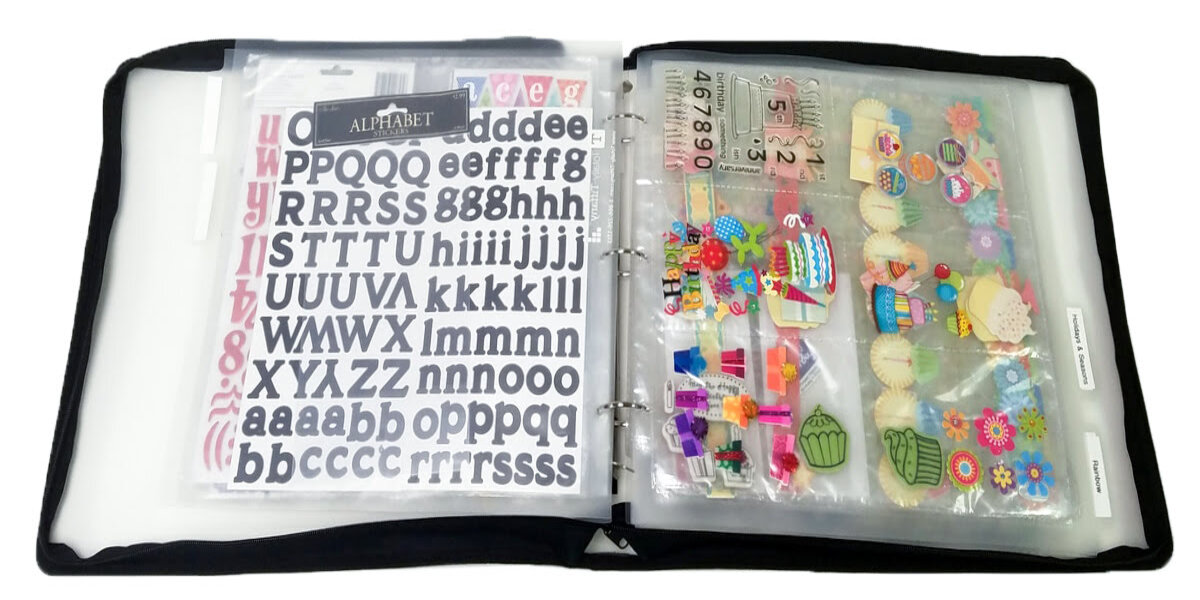
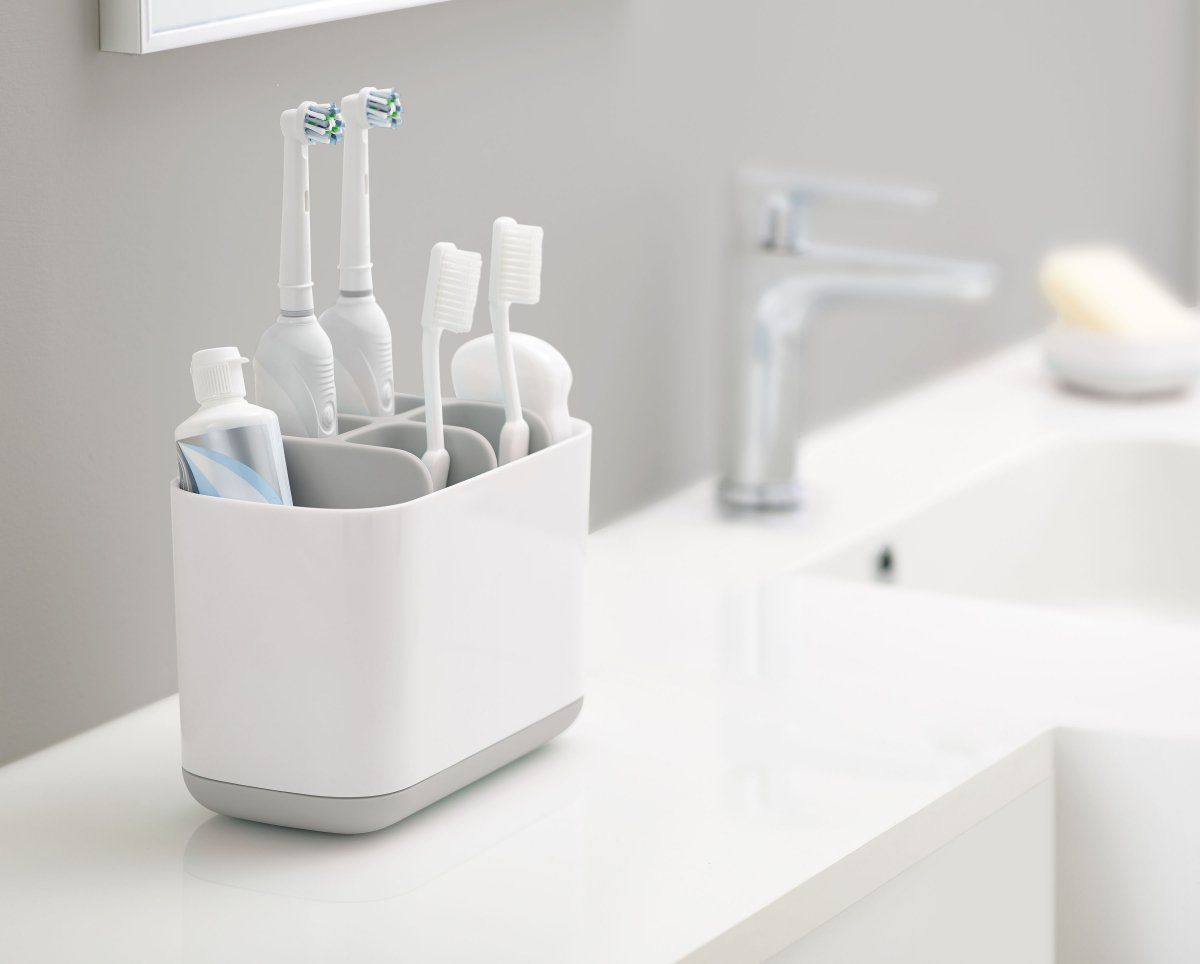

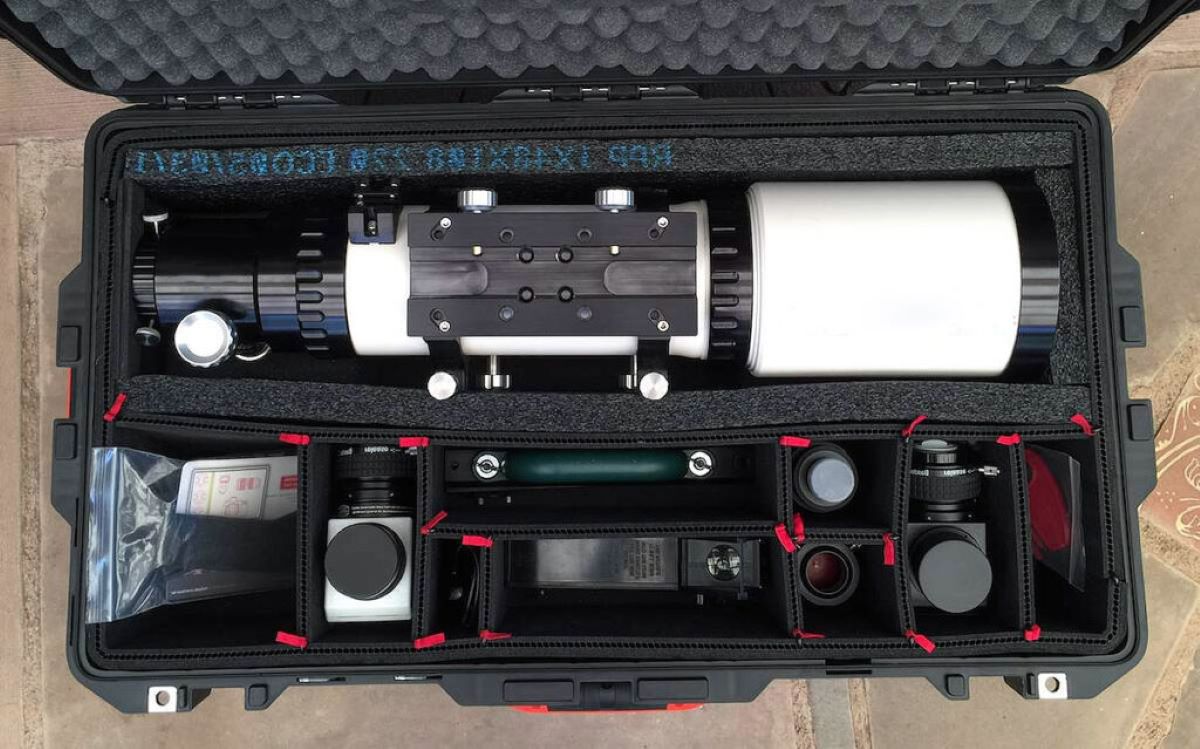


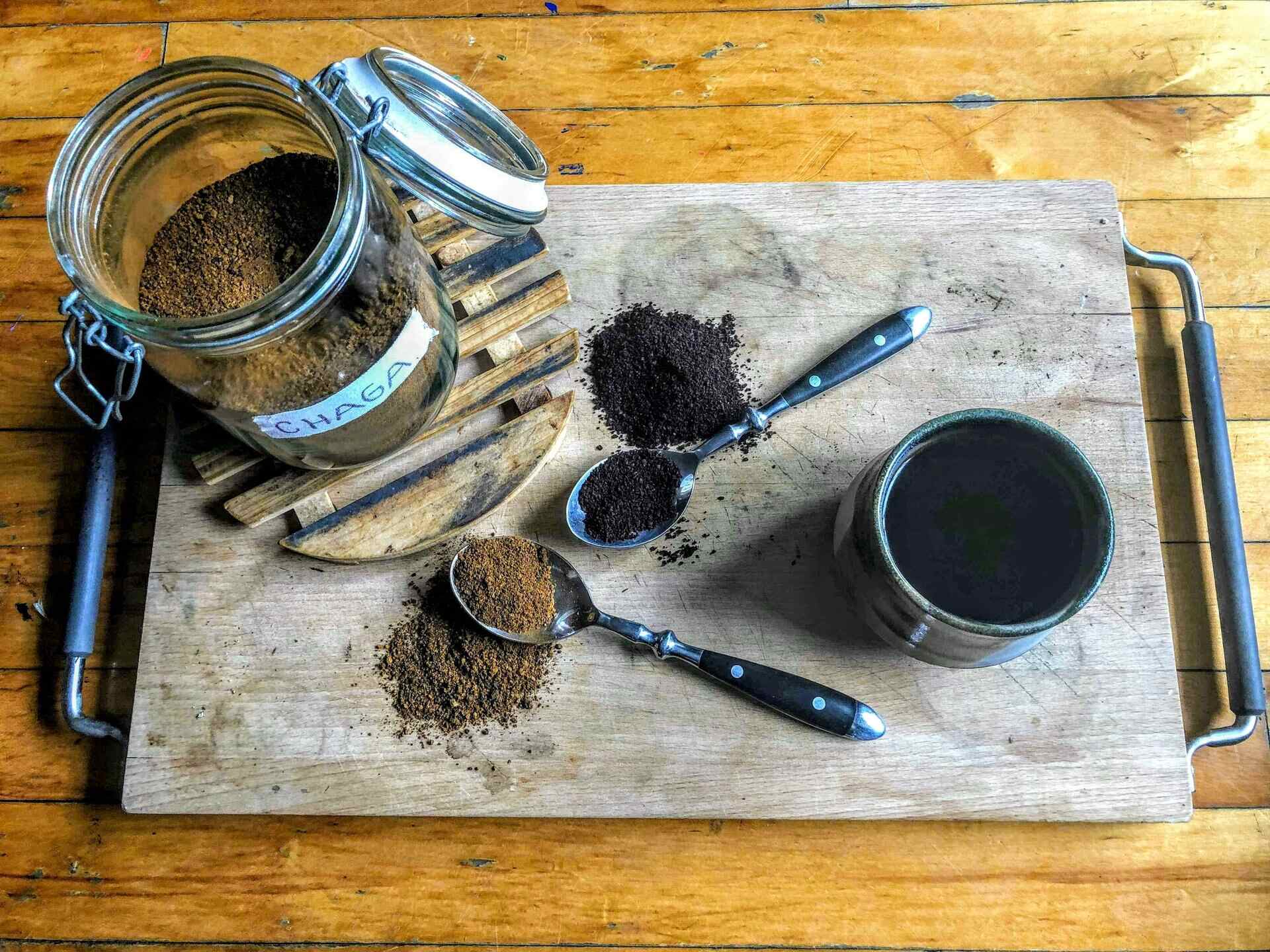
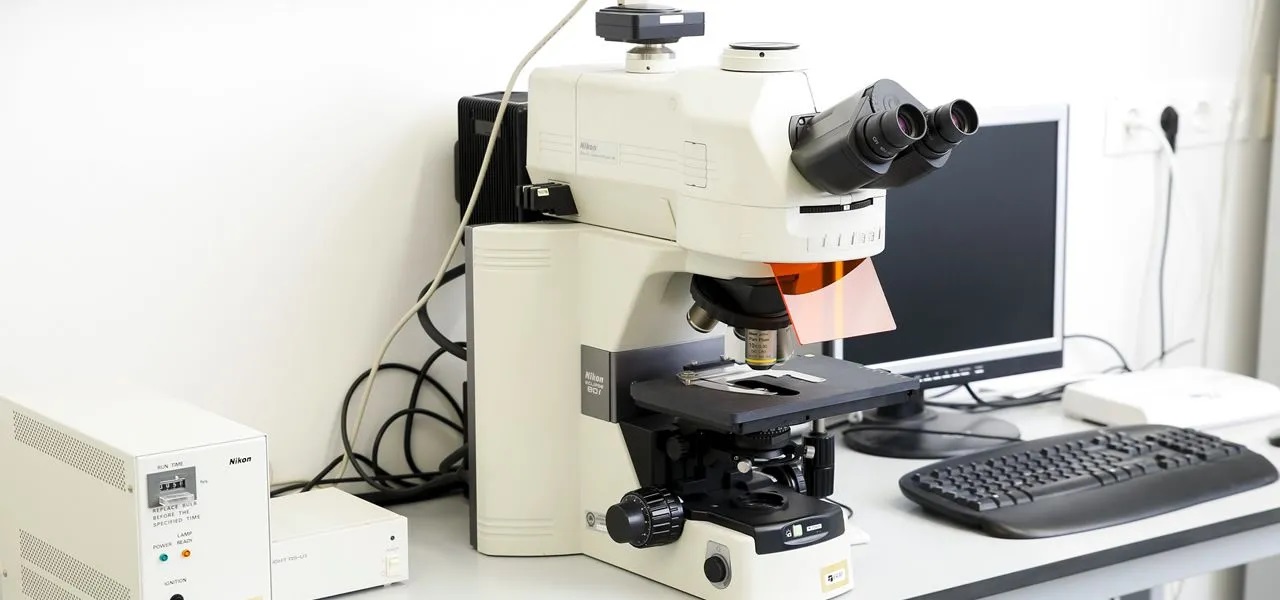

0 thoughts on “How To Store A Violin”